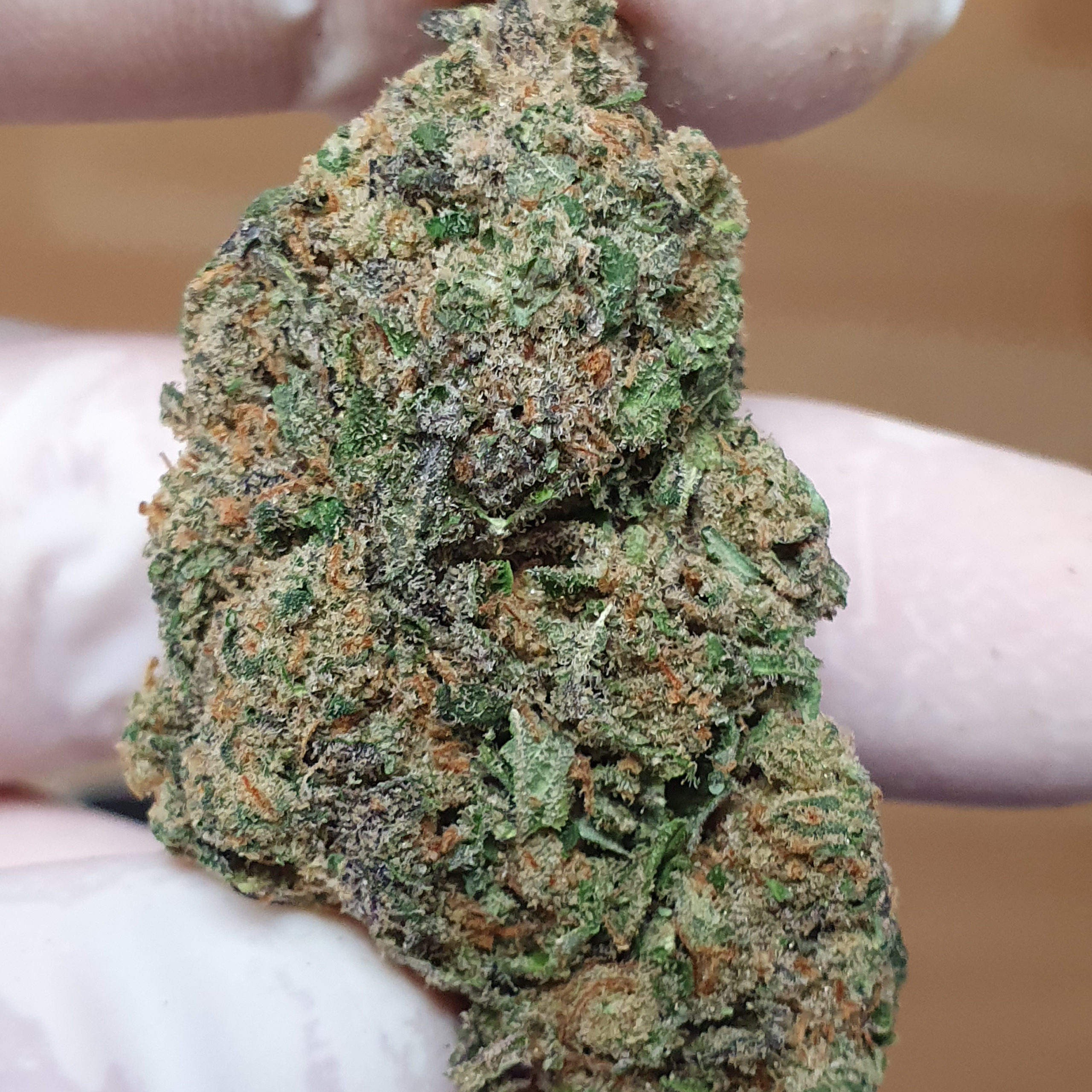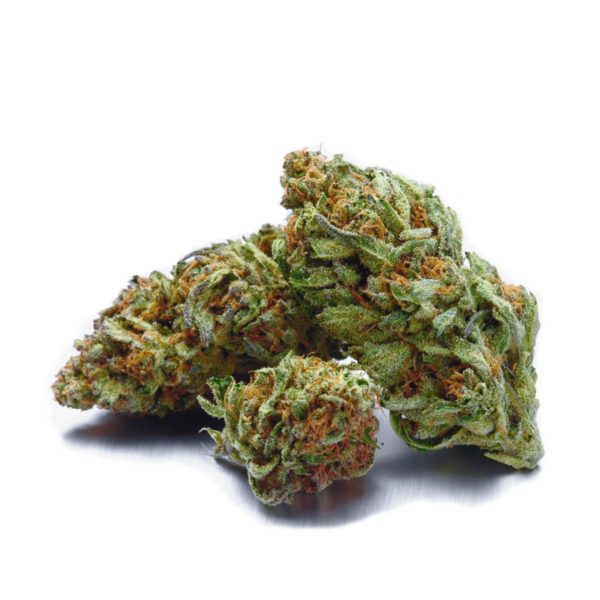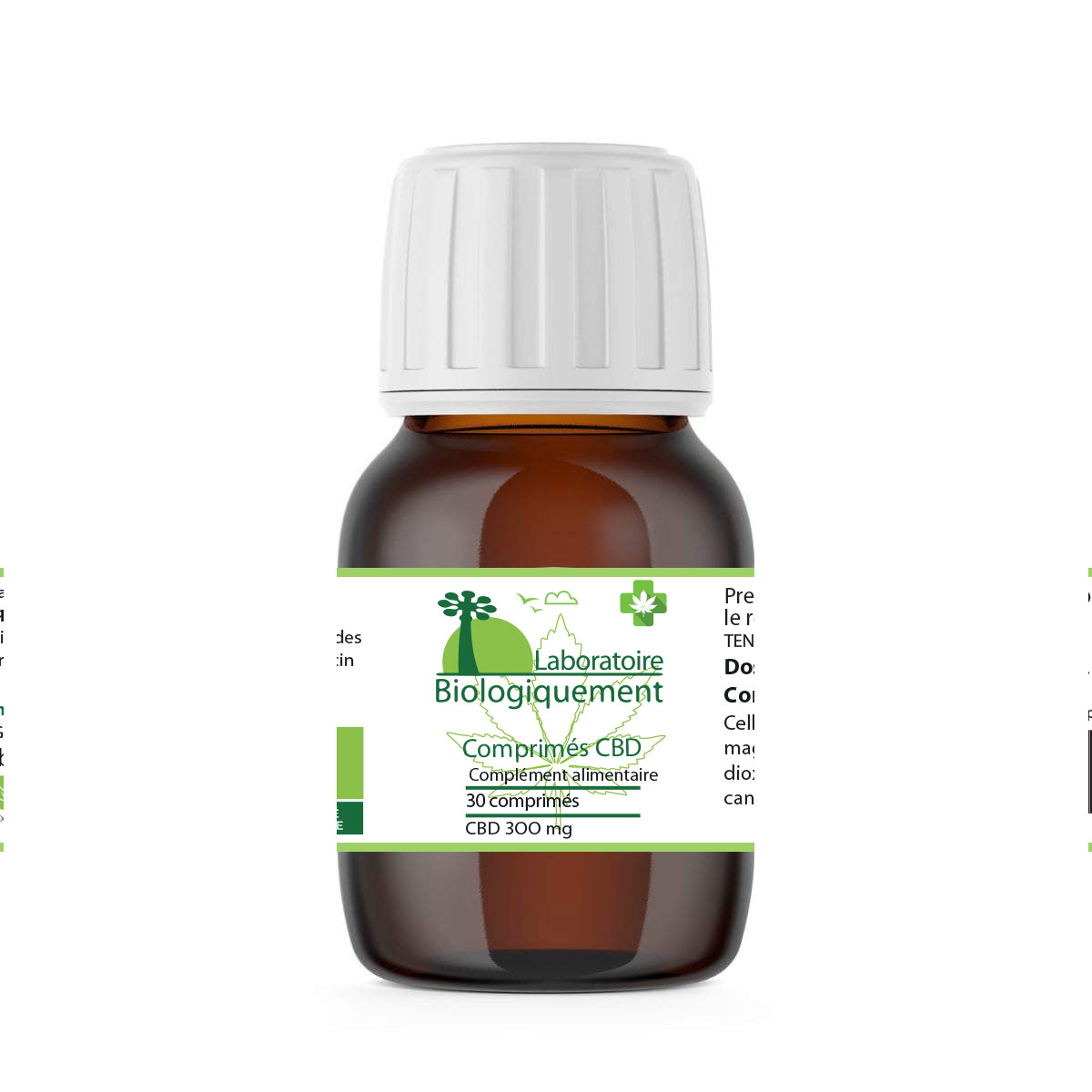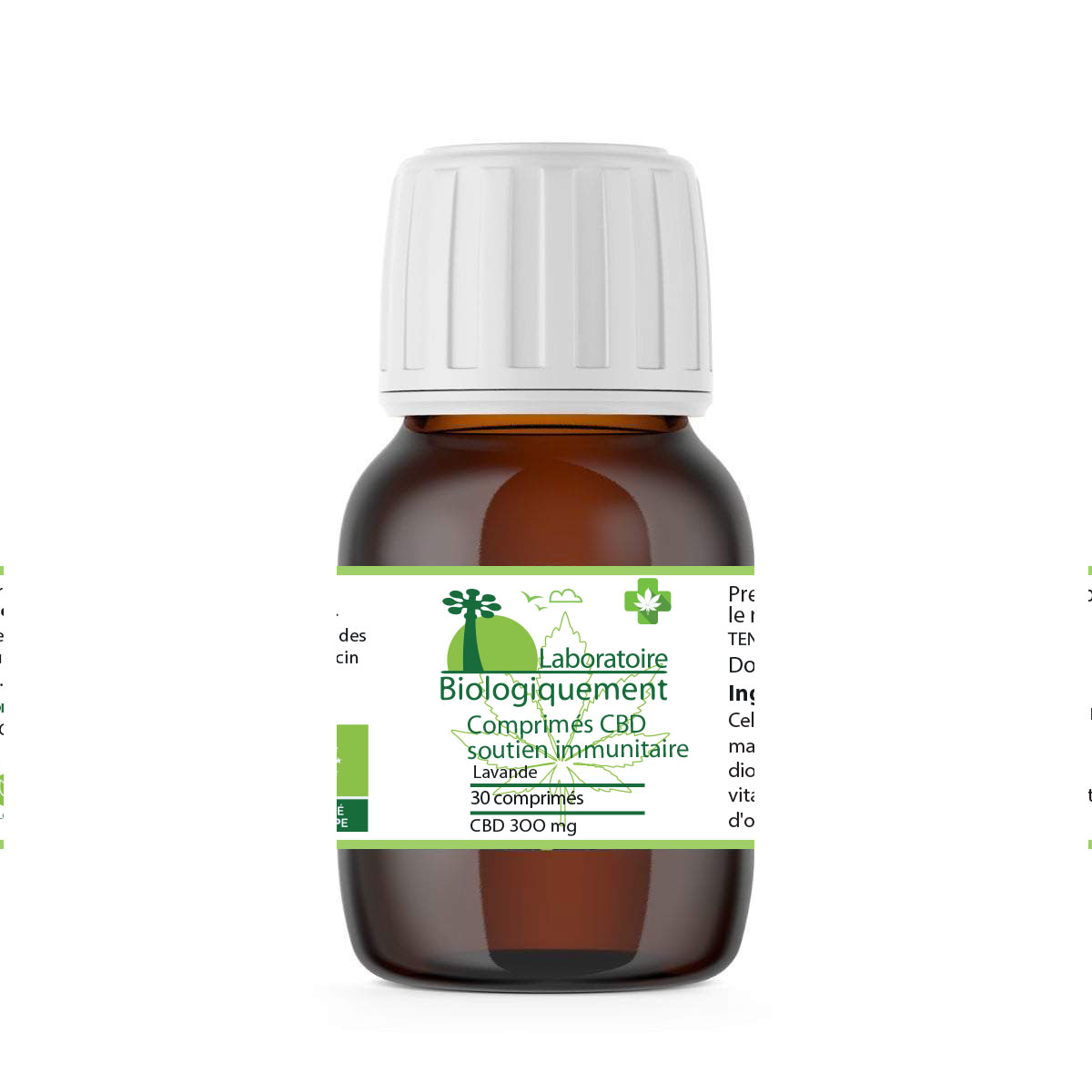Fruit has a tart, zesty taste – some say like sherbet. It is highly nutritious, and might be imbued with the souls of dead chieftains. If you live in Europe, it could be headed to a smoothie near you.
The baobab tree – thick-trunked icon of the African bush – does not look appetising. But European firms may soon be using the pulp of its fruit as a flavouring for cereal bars or drinks after it won European Commission approval as a novel food.
The decision in July has planted the gourd-like fruit on the product development radar of food processors. Trade and development experts hope that move – a landmark for a wild-harvested fruit – will also plug millions of poor African bush dwellers into a lucrative, sustainable market.
A 2007 report for Britain’s Natural Resources Institute estimated that in southern Africa alone, harvesting the baobab could generate more than €700m worth of trade a year and employ over 2.5m households.
‘The potential is huge… We’re quite confident that it’s going to represent significant returns for rural producers,’ said Dr Lucy Welford of PhytoTrade Africa, a trade organisation that lobbies for the sustainable use of African natural products.
For centuries, people across Africa have enjoyed the baobab fruit’s refreshing vitamin-filled pulp. Naturally dehydrated, it is credited with medicinal properties, ranging from a cure for fever or diarrhoea to a calcium-rich pick-me-up.
Plucked from the gnarled, swollen-trunked baobab trees, the large brown pods covered with a velvety fur are often split by hungry children who suck the pulp as a snack.
‘I’d say it’s somewhere between grapefruit and tamarind as a kind of flavour,’ said Dr Welford, who expects baobab fruit to be used at first to flavour smoothies and cereal bars. It could also be used in juices, ice-creams and jams or bakery products.
Mystical Lore
Experts say the giant baobab, whose bottle-shaped trunks and twisted branches dot the African bush from the savannas of the south to the parched Sahel, carries its own mystical identity and history that will provide a powerful sales pitch.
‘The tart flavour, the interesting vitamin and nutrition profile and the sexy story that goes with it – that it’s wild harvested from a very lovely tree – these things add value to the existing products,’ said marketing economist Ben Bennet, who wrote the 2007 Natural Resources Institute’s report.
Variously known as the ‘Upside-down tree’ for its bizarre shape, the ‘Bottle tree’ for its ability to hold water, or simply as the ‘Tree of life’, the baobab has long fascinated naturalists and explorers.
The most common species across Africa is Adansonia digitata, named after the 18th-century French explorer and naturalist Michel Adanson who came across the tree while hunting antelope in what is now Senegal, where the tree is the national symbol.
He recalled he had to ’embrace’ the mighty trunk 13 times with the span of his arms to cover its circumference.
Other species also exist in Madagascar and Australia.
The common name baobab is believed to come from the Arabic ‘bu hibab’ meaning ‘fruit with several seeds’. Baobab fruits were sold in the 16th-century markets of North Africa, brought from the south by the trans-Saharan slave caravans.
The tree normally lives for about 500 years, but it is believed some are up to 5,000 years old and they enjoy the veneration and respect traditionally accorded to age in Africa.
In Senegal, the bodies of chiefs and ‘griots’, or bards, were traditionally buried in the hollows and crevices of the baobab whose bark and flesh then grew around the corpse, enveloping it in a natural grave. A refreshing juice made from baobab fruit pulp, known as ‘bouye’ is widely served.
UN officials have reported one study showing an aqueous solution of baobab fruit pulp is almost as effective for rehydrating children with diarrhoea as comparative World Health Organisation (WHO) anti-diarrhoea remedies.
Even today, the solid trunks and shade-giving branches of baobabs are traditional meeting places for families and elders.
Fruit of the Future?
Some outsiders had recognised the value of the baobab tree even before the EU green light.
An Italian company, the Baobab Fruit Company Senegal (BFCS), has been producing a range of baobab products in Senegal for several years – including fruit pulp, seeds and oil – for sale in Europe as dietary supplements and cosmetic products.
For six months each year during the December-June harvest, it employs more than 950 collectors in the southwest Tambacounda region and operates a small processing plant with around 100 workers in the city of Thies.
The company produces between 150 to 200 tonnes of baobab raw material products a year. Like PhytoTrade, its representatives say they are excited about the EU novel foods approval, which has triggered increased commercial enquiries.
‘For us, it’s a fruit of the future, it will have a huge impact on Africa,’ said Laudana Zorzella, the production and commercial representative in Dakar of BFCS, which has been studying the baobab’s potential for over a decade.
But she cautions it could take time for the product pipeline to be able to benefit African farmers: ‘It’s not just around the corner.’
In the baobab forests around Tandene village in Senegal, local farmers said they looked forward to earning much more from the trees. Prices for a kilo of baobab fruit varied between 175 to 500 CFA francs (€.26-.76), they said.
‘If people know (that European consumers will buy the product) then they’ll look after the trees better and feed them less to their animals,’ said farmer Alassane Sy.

Un avis consommateur, ou avis client, désigne un élément d’appréciations et commentaires donnés par les acheteurs sur un produit ou un service, que ce soit sur un critère particulier ou la globalité de l’offre. Ces opinions reflètent le niveau de satisfaction de la clientèle.
Vous pouvez consulter les avis clients du site du laboratoire Biologiquement en suivant ce lien : avis biologiquement.shop
C’est la note que nos clients nous donne actuellement. Merci pour votre confiance !











One Reply to “Reaping a few bob with the baobab”